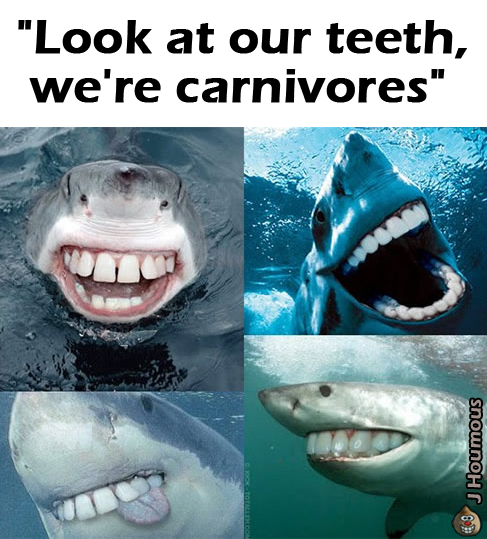this post was submitted on 28 May 2024
329 points (70.0% liked)
memes
12178 readers
3490 users here now
Community rules
1. Be civil
No trolling, bigotry or other insulting / annoying behaviour
2. No politics
This is non-politics community. For political memes please go to [email protected]
3. No recent reposts
Check for reposts when posting a meme, you can only repost after 1 month
4. No bots
No bots without the express approval of the mods or the admins
5. No Spam/Ads
No advertisements or spam. This is an instance rule and the only way to live.
A collection of some classic Lemmy memes for your enjoyment
Sister communities
- [email protected] : Star Trek memes, chat and shitposts
- [email protected] : Lemmy Shitposts, anything and everything goes.
- [email protected] : Linux themed memes
- [email protected] : for those who love comic stories.
founded 2 years ago
MODERATORS
you are viewing a single comment's thread
view the rest of the comments
view the rest of the comments

On a cow-calf operation, which is where most beef production starts, a typical cow will graze and/or eat hay for about 12 years while breeding, then get slaughtered pretty much the day they're shipped because they aren't worth fattening at that age, they're just going to ground beef.
The culls (mid-life cows, failed to get pregnant) might see a couple months of their at least 36 month existence on grain before slaughter. Older ones might just go straight to slaughter.
Steers and cull heifers (which is most of what gets used for choice cuts like steak) typically see about 14 months typically on pasture and silage/grain being backgrounded on farm, then about 3 months being intensively fed in a feedlot at up to 80% ration before slaughter.
So, by far, the largest proportion of feeding of most cattle is by grazing or stored forage as part of the backgrounding process. It's only when they enter the feedlot that it becomes a grain-intense operation, and that part of the production is very short because feedlots don't make money feeding cows from calf-age to slaughter.
Also, many larger cow-calfs will also hold on to steers and push them, selling them as "fats", which sees much less intense feedlot experience. This isn't a huge proportion of the final months of most steers, but is still an appreciable proportion of the market.
The stockyards of Kansas aren't the typical beef production scenario. They're just very visible.
Thanks for the interesting info!